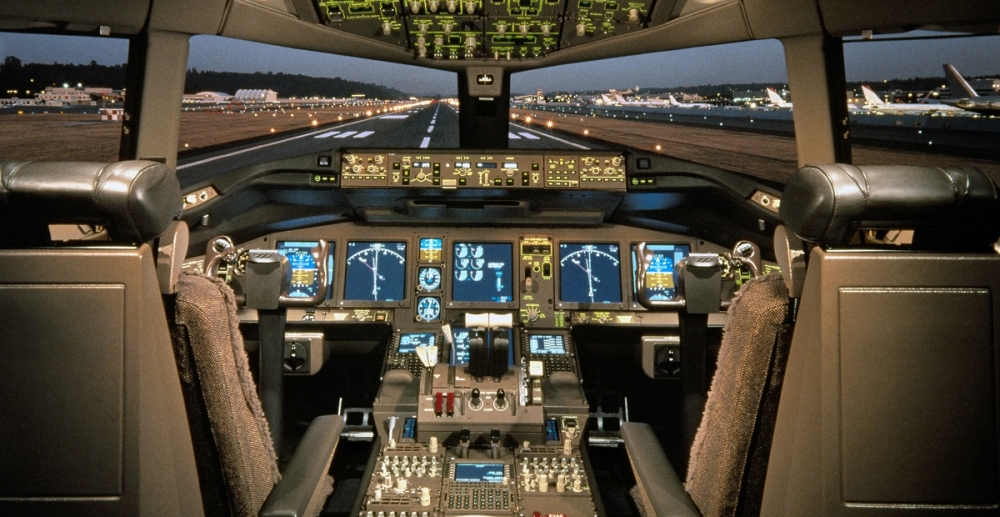Boeing warns of 'unprecedented' demand for pilots
23 July, 2018
3 min read
By joining our newsletter, you agree to our Privacy Policy


Boeing has warned of a worsening global pilot shortage as the civil aviation industry seeks an "unprecedented" 790,000 new pilots over the next two decades.
The US airframe manufacturer, which included business aviation and helicopter pilots in its outlook for the first time, slightly reduced demand for commercial airline pilots to 635,000 worldwide.
But it said the industry would also need 96,000 business aviation pilots and 59,000 helicopter pilots.
The total demand represented double the current workforce and “the most significant demand in the outlook's nine-year history,” the airframe manufacturer said.
Boeing said demand was being driven by an anticipated doubling of the global commercial aircraft fleet with an anticipated 42,700 new aircraft needed by airlines over the next 20 years.
"Despite strong global air traffic growth, the aviation industry continues to face a pilot labor supply challenge, raising concern about the existence of a global pilot shortage in the near-term," said Boeing Global Services vice president of training and professional services Keith Cooper.
"An emphasis on developing the next generation of pilots is key to help mitigate this.”
The pilot shortage is already being felt by regional operators, where pilots are lured away by the higher wages and prospects for career advancement at bigger carriers.
Australian biggest independent carrier, Regional Express, recently accused Qantas and Virgin Australia “rapacious plundering” of its pilot pool as it struggles to cope with the increased global demand.
READ: Australia's rex warns of disruptions, accuses rivals of plundering pilots
A number of carriers such as Qantas and Singapore Airlines are expanding pilot training capabilities, while Boeing and Airbus partner with various organizations to tackle the issue.
Boeing, for example, offers an accelerated training program that guides future pilots from early stage ab-initio training through type rating as a first officer.
The US company’s twenty-year forecast is more bullish than the recent prediction of rival Airbus, which anticipates 37,400 new passenger planes and dedicated freighters over the period.
But both agree demand will be highest in the Asia-Pacific.
The US plane-maker forecasts 261,000 pilots will be needed in the Asia-Pacific over the next two decades compared with 206,000 in North America, 146,000 in Europe, 64,000 in the Middle East and 57,000 in Latin America.
The manufacturer boosted its forecast the for the number of commercial cabin crew 839,000 to 858,000 “due to changes in fleet mix, regulatory requirements, denser seat configurations and multi-cabin configurations that offer more personalized service”.
Again, the biggest demand will be in the Asia-Pacific, where 321,000 cabin crew will be needed. This is followed by Europe (184,000), North America (174,000), the Middle East (97,000) and Latin America (53,000).
Another 32,000 new cabin crew would be required to support business aviation.
One area where the forecast demand fell was for airline maintenance technicians.
Boeing reduced this from 648,000 previously to 622,000, primarily due to longer maintenance intervals for new aircraft such as the Boeing 787. More than 40 percent of these, some 257,000, will be needed in the Asia-Pacific.
The business aviation and helicopter sectors are expected to need 132,000 technicians
Next Article
3 min read
Virgin gets nod for Tiger deal

Get the latest news and updates straight to your inbox
No spam, no hassle, no fuss, just airline news direct to you.
By joining our newsletter, you agree to our Privacy Policy
Find us on social media
Comments
No comments yet, be the first to write one.
